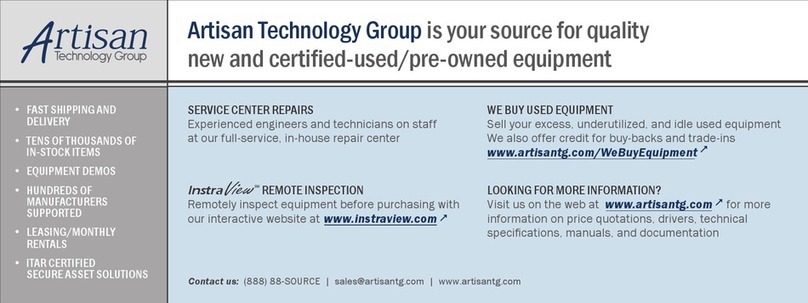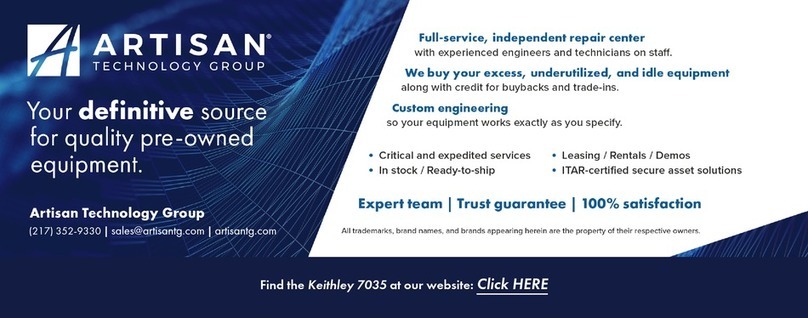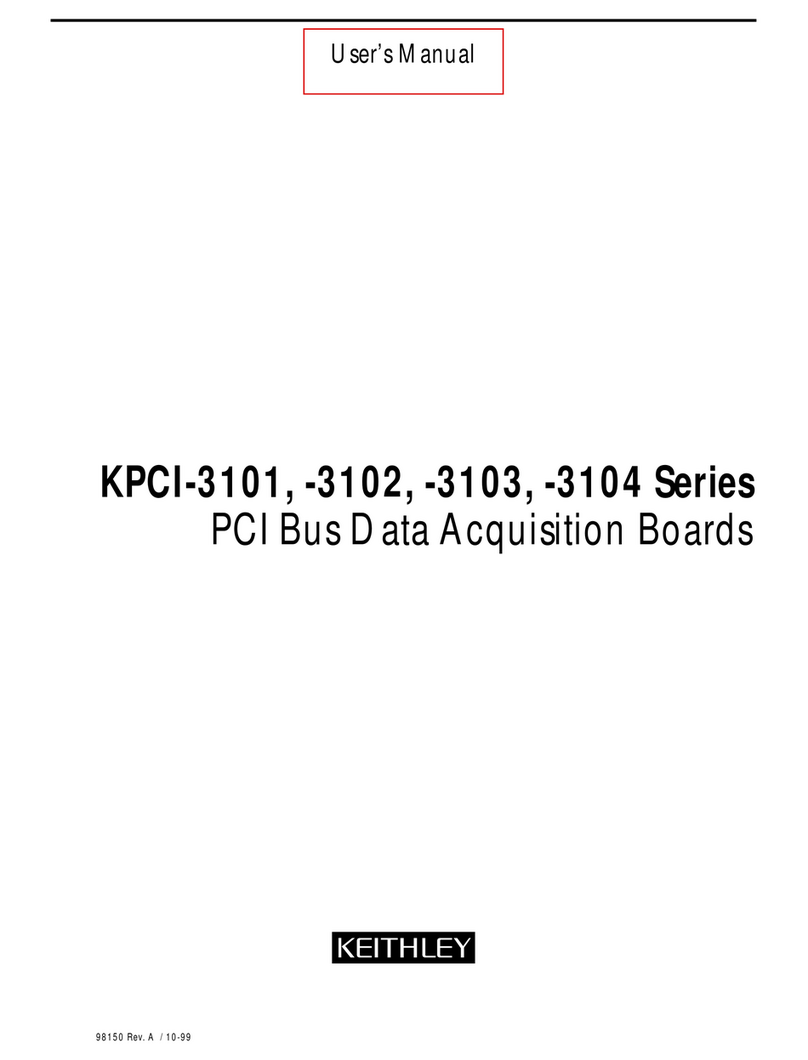
ii
Digital I/O features............................................................................................................................................ 2-21
Digital I/O lines ......................................................................................................................................... 2-21
Digital I/O operation modes ...................................................................................................................... 2-22
Counter/timer features....................................................................................................................................... 2-22
Units .......................................................................................................................................................... 2-22
C/T clock sources ...................................................................................................................................... 2-23
Gate types .................................................................................................................................................. 2-24
Pulse output types and duty cycles............................................................................................................ 2-25
Counter/timer operation modes ................................................................................................................. 2-26
Synchronizing A/D and D/A subsystems.................................................................................................. 2-36
Synchronizing the triggers......................................................................................................................... 2-36
Synchronizing the clocks........................................................................................................................... 2-36
3 Installation and Configuration
Unpacking............................................................................................................................................................ 3-2
Installing the software ......................................................................................................................................... 3-2
Software options.......................................................................................................................................... 3-2
Installing DriverLINX................................................................................................................................. 3-4
Installing application software and drivers.................................................................................................. 3-4
Installing the board.............................................................................................................................................. 3-5
Setting up the computer............................................................................................................................... 3-5
Selecting an expansion slot ......................................................................................................................... 3-5
Inserting the board in the computer............................................................................................................. 3-6
Configuring the board to work with DriverLINX ............................................................................................... 3-7
Checking the combined board and DriverLINX installations..................................................................... 3-7
Attaching the STP-3110 screw terminal panel.................................................................................................... 3-8
Size .............................................................................................................................................................. 3-9
Jumper W1 - common ground sense ........................................................................................................... 3-9
Resistors R1 to R16 - bias return.............................................................................................................. 3-10
Resistors R17 to R32 - current shunt......................................................................................................... 3-10
Screw terminals ......................................................................................................................................... 3-10
Wiring signals.................................................................................................................................................... 3-13
Connecting analog input signals................................................................................................................ 3-13
Connecting analog output signals.............................................................................................................. 3-18
Connecting digital I/O signals................................................................................................................... 3-18
Connecting counter/timer signals.............................................................................................................. 3-19
4 Testing the Board
DriverLINX analog I/O panel ............................................................................................................................. 4-2
5 Calibration
Introduction ......................................................................................................................................................... 5-2
Objectives.................................................................................................................................................... 5-2
Calibration summary ................................................................................................................................... 5-2
Equipment.................................................................................................................................................... 5-2
Calibration procedure .......................................................................................................................................... 5-3
Preparing for the calibrations ...................................................................................................................... 5-3
Calibrating the analog inputs....................................................................................................................... 5-3
Calibrating the analog outputs..................................................................................................................... 5-3































